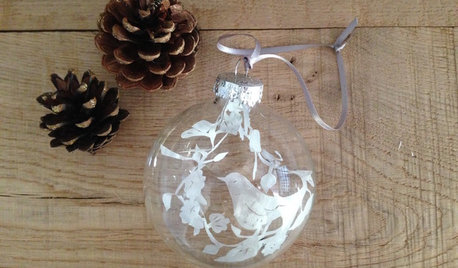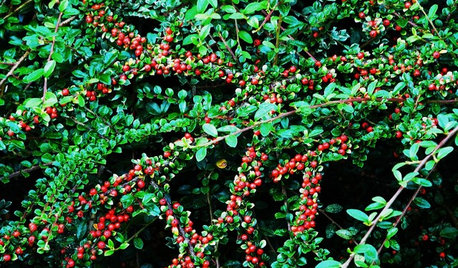something is cutting my seedlings.. very confused.
fruitpip
10 years ago
Featured Answer
Sort by:Oldest
Comments (22)
zzackey
10 years agodigdirt2
10 years agomrdoitall
10 years agowoohooman San Diego CA zone 10a
10 years agograndad_2003
10 years agoseysonn
10 years agofruitpip
10 years agofruitpip
10 years agoseysonn
10 years agoNHBabs z4b-5a NH
10 years agofruitpip
10 years agozzackey
10 years agoFrancis112
10 years agoadonseit
8 years agoPhilip Cook
last yearNHBabs z4b-5a NH
last yearZuleika Vargas
5 months ago
Related Stories

THE ART OF ARCHITECTURELaser-Cut Focus: The Future of Design Is Here
Discover how this laser technology can make almost any pattern a reality
Full Story
DIY PROJECTSHow to Make a Festive Paper-Cut Ornament
Add a personal touch to your Christmas tree this year with this pretty handmade decoration
Full Story
EDIBLE GARDENSSummer Crops: How to Grow Tomatoes
Plant tomato seedlings in spring for one of the best tastes of summer, fresh from your backyard
Full Story
HOUZZ TVHouzz TV: How to Make and Plant a Veggie Box
See how to start edibles from seed, then transfer the seedlings to a box on stilts to make harvesting more fun
Full Story
KITCHEN DESIGNHow to Design a Kitchen Island
Size, seating height, all those appliance and storage options ... here's how to clear up the kitchen island confusion
Full Story
HOUZZ TOURSHouzz Tour: Better Flow for a Los Angeles Bungalow
Goodbye, confusing layout and cramped kitchen. Hello, new entryway and expansive cooking space
Full Story
THE POLITE HOUSEThe Polite House: On Dinner Party Gifts, Wine and Leftovers
Here’s how to navigate the confusion over what to keep, what to put out and what to send home
Full Story
FALL GARDENINGGreat Design Plant: Rock Cotoneaster
Adaptable and highly tolerant, this branching plant makes a terrific ground cover and cutting source
Full Story
ECLECTIC HOMESHouzz Tour: Wild Ideas in the Windy City
When bold art meets great architecture and interior design, something wonderful happens
Full Story
GROUND COVERSNative Alternatives to English Ivy, Japanese Pachysandra and Periwinkle
These shade-loving ground covers are good for the environment and say something about where you are
Full StorySponsored
More Discussions








Donald V Zone 6 north Ohio